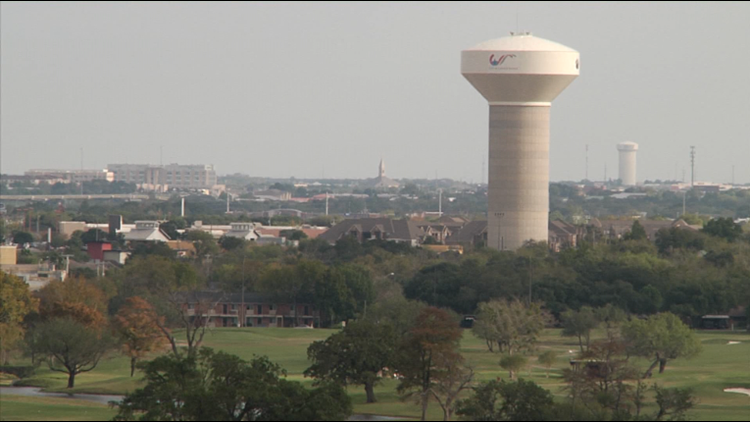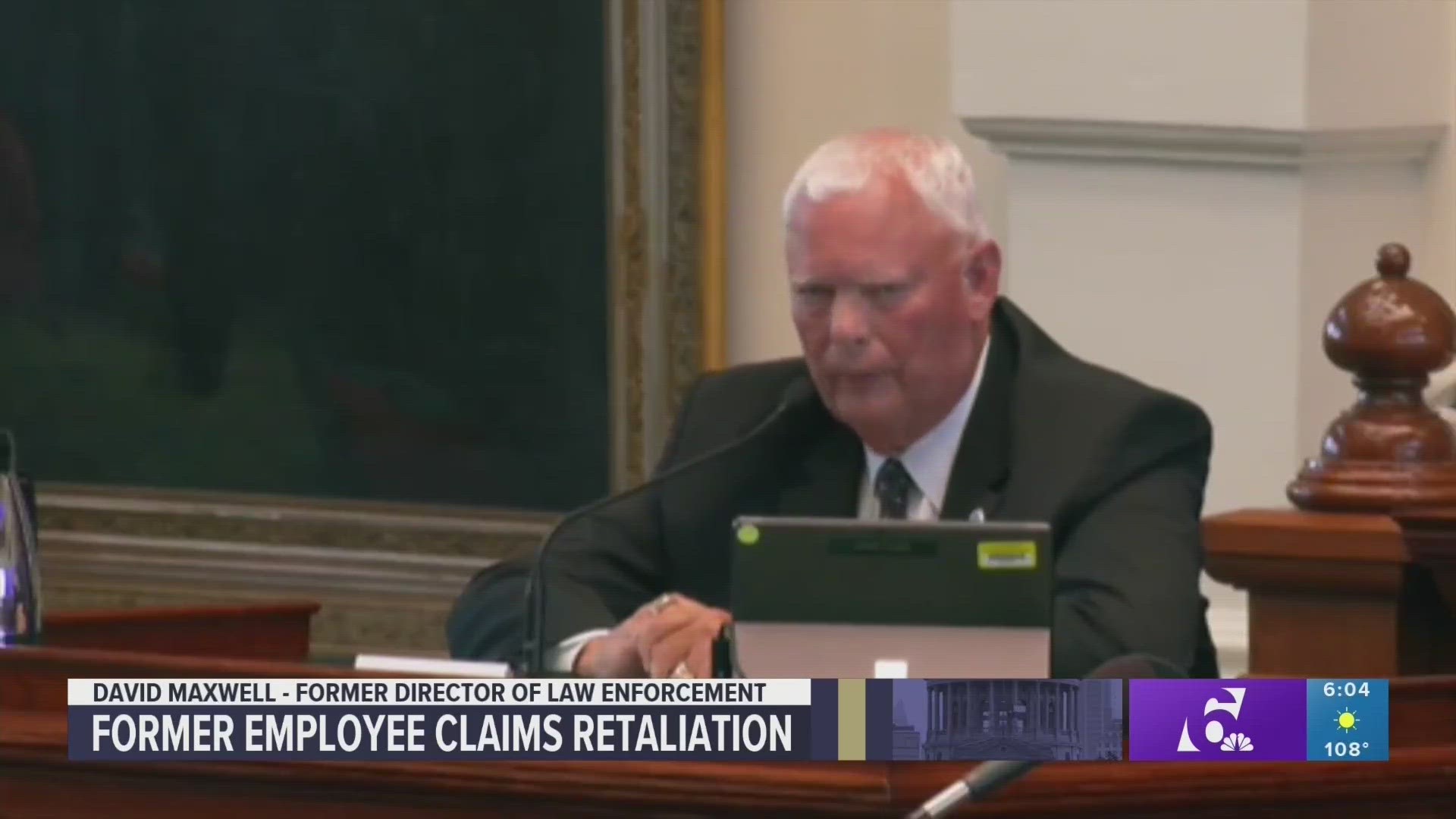COLLEGE STATION, Texas — The City of College Station celebrated its 84th year as an official city by releasing a 19-minute video detailing the history of the destination, giving an insight of what life was like for residents even before they voted to become a city in 1938.
The full 19-minute video from the City of College Station can be viewed at the bottom of this article.
As those who are familiar with the area would assume, much of College Station's history is tied to Texas A&M University, which at the time was known as the Agricultural and Mechanical College of Texas.
However, College Station's history stretches even further back, and can be traced to nomadic Native American tribes that occasionally inhabited the area. Stephen F. Austin, a prominent figure in Texas history, later colonized the Brazos Valley, bringing the first permanent residents to the area.
In 1871, the Texas state legislature established the Agricultural and Mechanical College of Texas, which would later be known as Texas A&M, but it wasn't until 5 years later that the institution officially opened its doors to a class of 106 students, all of which were involved in military activities to some extent.
As more businesses began to set up in the area, and as more homes were built, the area began to garner the name "College Station". However, it took over 60 years for the town to be formally established.
As Texas A&M began to expand, the administration quickly realized that on-campus housing was not sustainable for students, and off-campus housing was considered by the end of World War I, expanding the university's footprint for the first time.
The area saw rapid growth in the early 1900s like the rest of the U.S., with Northgate eventually being established alongside a number of other businesses in the area. However, a formal governing system had not been established, as most of the residents were tied to Texas A&M, which professors quickly realized would lead to further issues if left unattended.
In October 1938, the city of College Station was formally established, but College Station's official boundaries didn't reach past Northgate, as the City of Bryan had annexed that land as their own.
As the city continued to expand, university professors became important figureheads in the community, with city meetings focused on campus activities and the needs of A&M faculty and staff. Eventually, the first mayor, John H. Binney, kicked off a line of mayors for the city after resigning from the mayor's position following a severe car accident in 1940. He served as mayor from 1939 to 1940.
In 1965, Texas A&M became fully integrated, admitting women into the school, and also removing mandatory participation in the Corps of Cadets. As a result of the decision, enrollment at Texas A&M nearly tripled in the following decade.
However, racial integration at the university lagged following the civil rights act of 1964, but it wasn't until a 1966 fire destroyed the segregated school that the fourth mayor of College Station, David A. Anderson, put his philosophy of action in preparation for the future into effect. Anderson later transformed the former site into what would become the present-day Lincoln Recreation Center.
Throughout the late 1900s, College Station continued to expand as it continued to move towards being self-sufficient and not relying on Bryan for crucial infrastructure. In the midst of a number of lawsuits, Bryan proposed merging with College Station, but the proposition was later rejected.
College Station soon constructed a new sewer line at Northgate in 1978, and the city soon became capable of generating its own water supply by the early 1980s, making Bryan's sister city officially self-sufficient. That major accomplishment lead the way for other projects to improve the overall community, which included the creation of the Post Oak Mall, Central Park, and the College Station civic center.
By the end of the 1990s, the Texas A&M University system had expanded to include 10 universities across the Lone Star state, which paved the way for many other advancements in College Station, including the spark of a tourism industry for local attractions like the George Bush Presidential Library and Museum, the Veterans Park memorials, the continuously-expanding Northgate entertainment district, Century Square, Santa's Wonderland, and Texas A&M's sport facilities, including Kyle Field.
Happy 84th anniversary, College Station!



